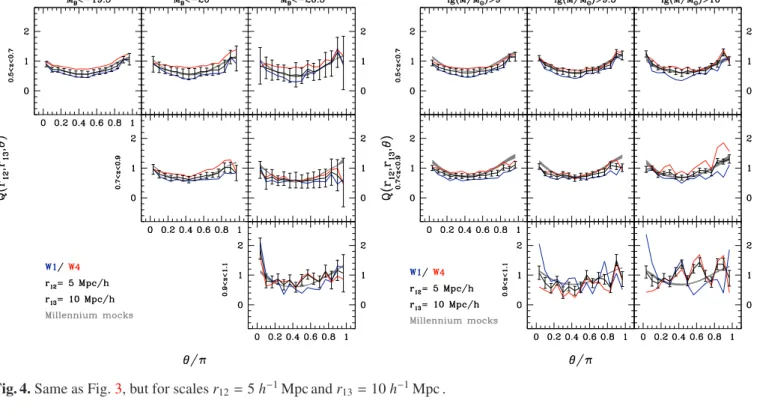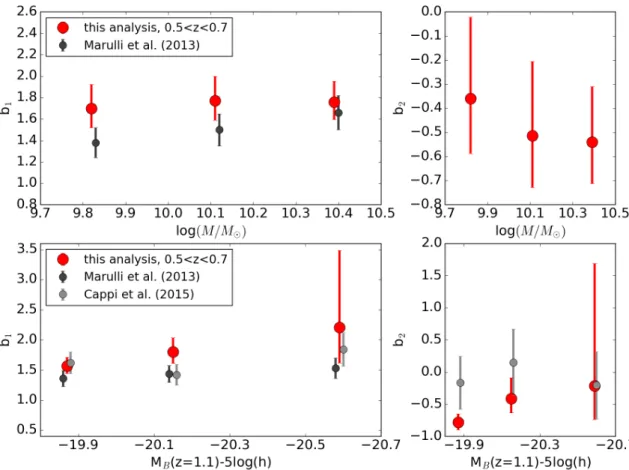The VIMOS Public Extragalactic Redshift Survey (VIPERS). Exploring the dependence of the three-point correlation function on stellar mass and luminosity at $0.5 < z < 1.1$
Texte intégral
Figure




Documents relatifs
A Geneva drive has a number of tunable parameters, including number of slots, driven wheel diameter, drive wheel diameter, slot width, etc.. However, these
These problems require the combination of digital signal processing tools with a knowledge of wave propagation to develop systems for short time spectral
Standard test methods developed for gypsum plasterboard were used to establish the flexural, shear and impact resistance of the boards, while the investigation of
Materials and methods All surgeons participating in a prospective Swiss multicentric surveillance program for SSIs received a questionnaire developed from the 2008 National
[r]
Coupez et coller le prochain object qui devrait apparaitre dans la
A ce niveau, l’élaboration du manuel de prélèvement, qui comme nous l’avons précisé plus haut comporte tous les renseignements et instructions relatifs à
We then investigate how galaxies with different stellar masses and stellar activities are distributed around the filaments and find a significant segregation, with the most massive

![Fig. 8. Constraints on b 1 and b 2 from the log(M/M ⊙ ]) > 9 sam- sam-ple, at scales r 12 = 10 h − 1 Mpc and r 13 = 20 h − 1 Mpc](https://thumb-eu.123doks.com/thumbv2/123doknet/13041317.382435/9.892.473.818.86.445/fig-constraints-log-sam-sam-scales-mpc-mpc.webp)

